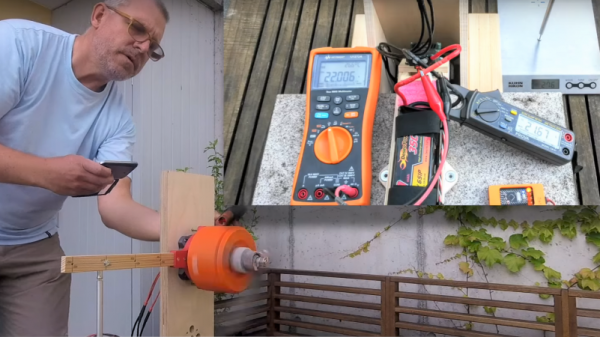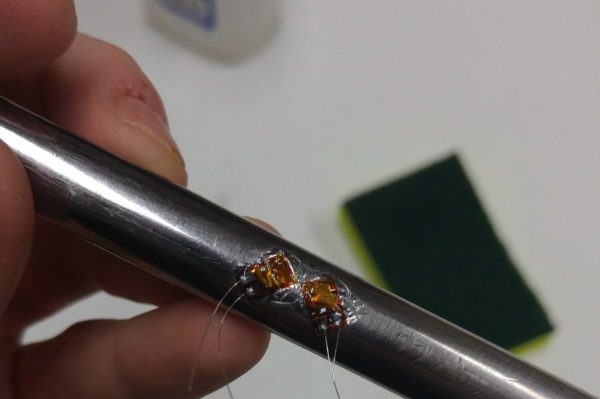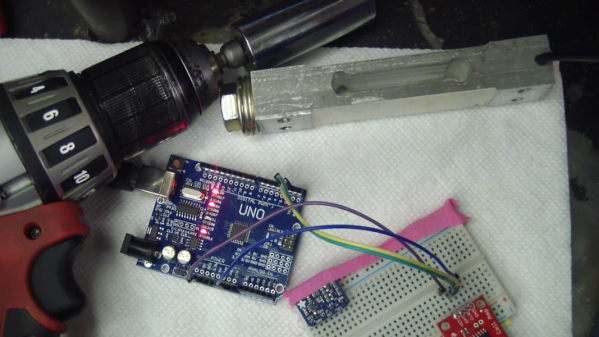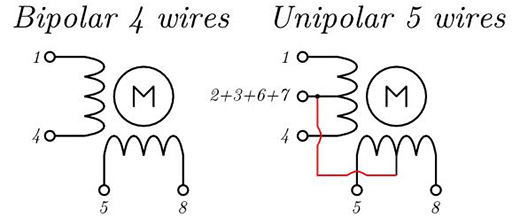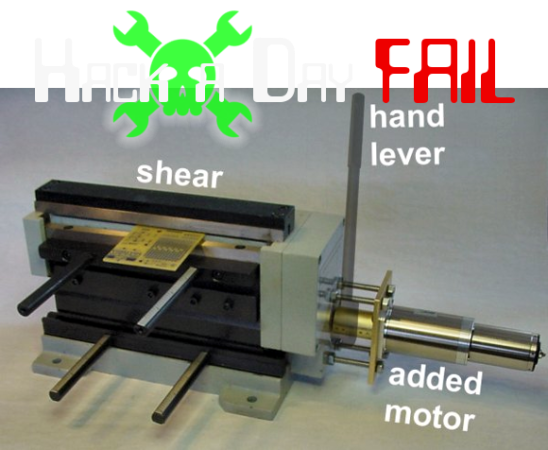Building your own Halbach-effect brushless DC motor is one thing. Making sure it won’t blow up in your face another matter, and watching how [Christoph Laimer] puts his motor to the test is instructive.
You’ll remember [Christoph]’s giant 3D-printed BLDC motor from a recent post where he gave the motor a quick test spin. That the motor held together under load despite not being balanced is a testament to the quality of his design and the quality of the prints. But not wishing to tempt fate, and having made a few design changes, [Christoph] wisely chose to perform a static balancing of the rotor. He also made some basic but careful measurements of the motor’s parameters, including the velocity constant (Kv) using an electric drill, voltmeter, and tachometer, and the torque using a 3D-printed lever arm and a kitchen scale. All his numbers led him to an overall efficiency of 80%, which is impressive.
[Christoph] is shipping his tested BLDC off to the folks at FliteTest, where he hopes they put it to good use. They probably will — although they might ask for three more for a helicarrier.
Continue reading “3D-Printed Halbach Motor Part Two: Tuning, Testing”

